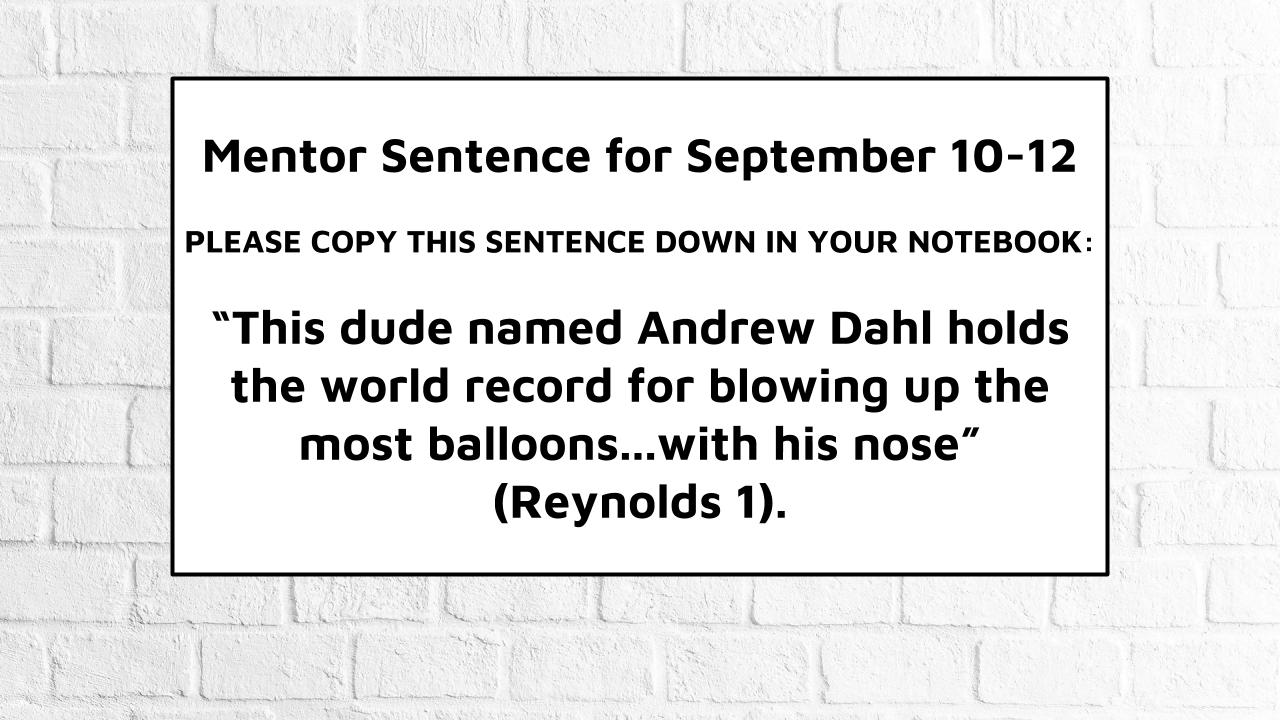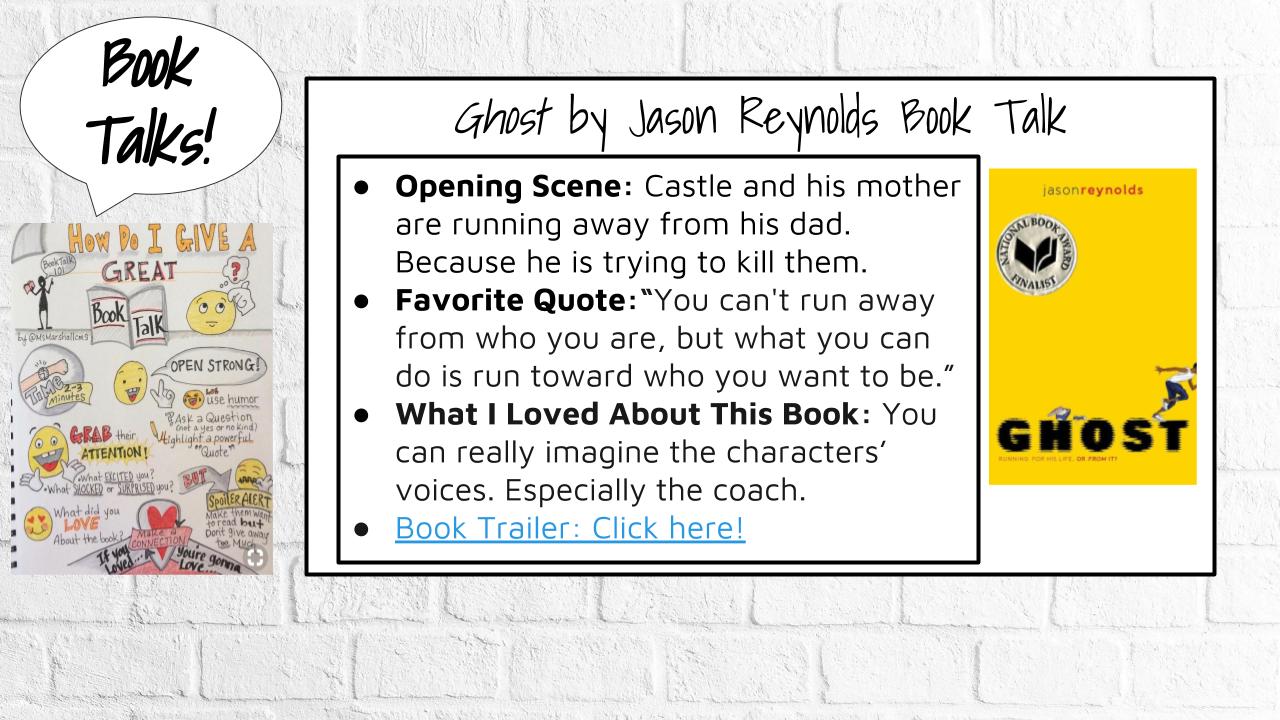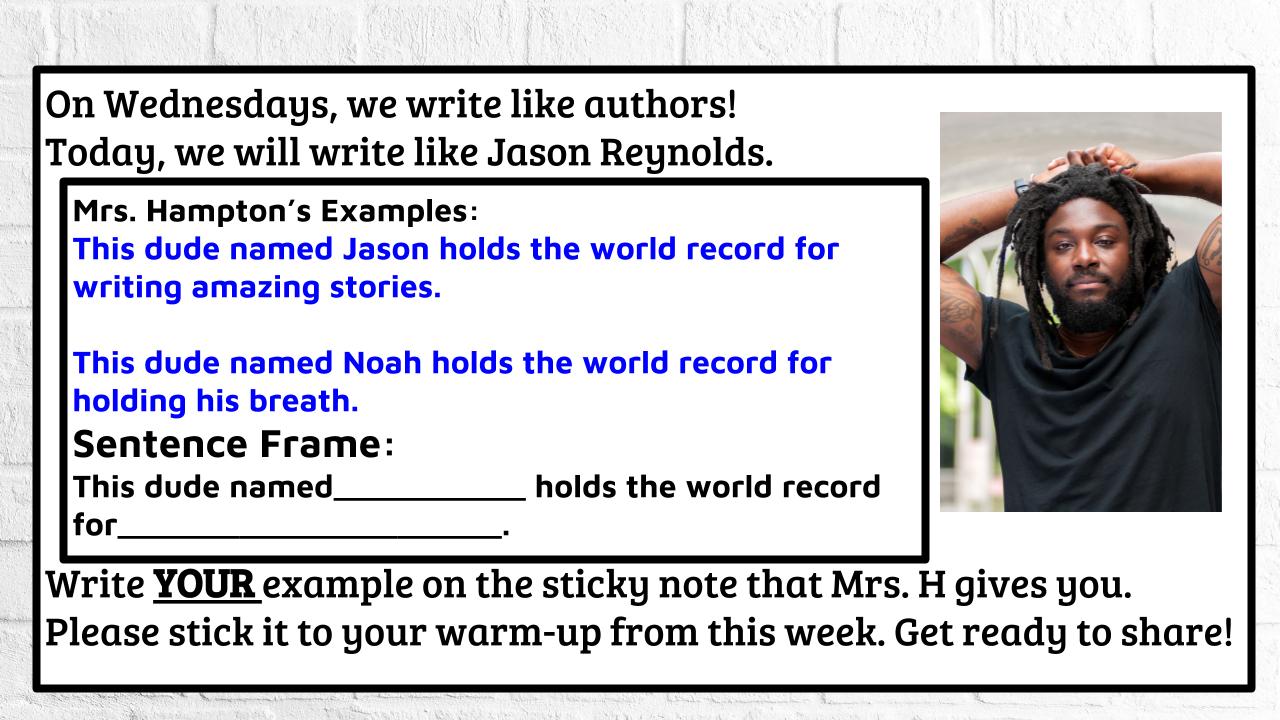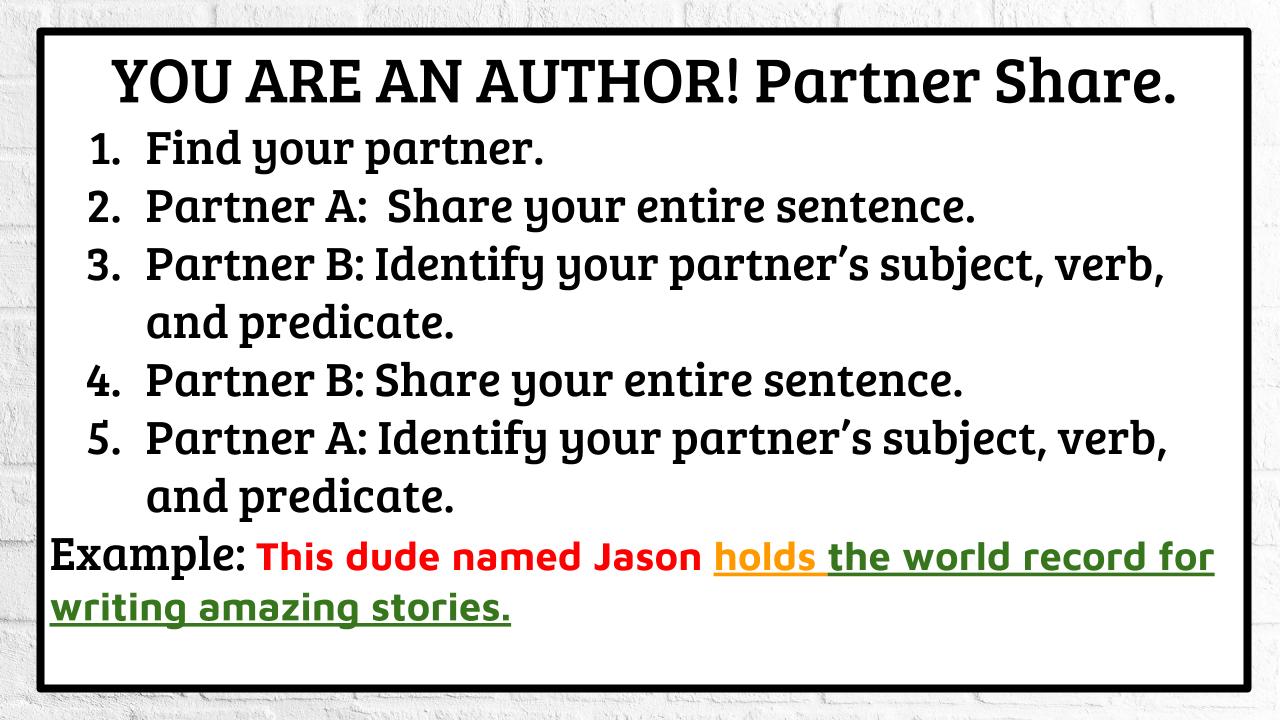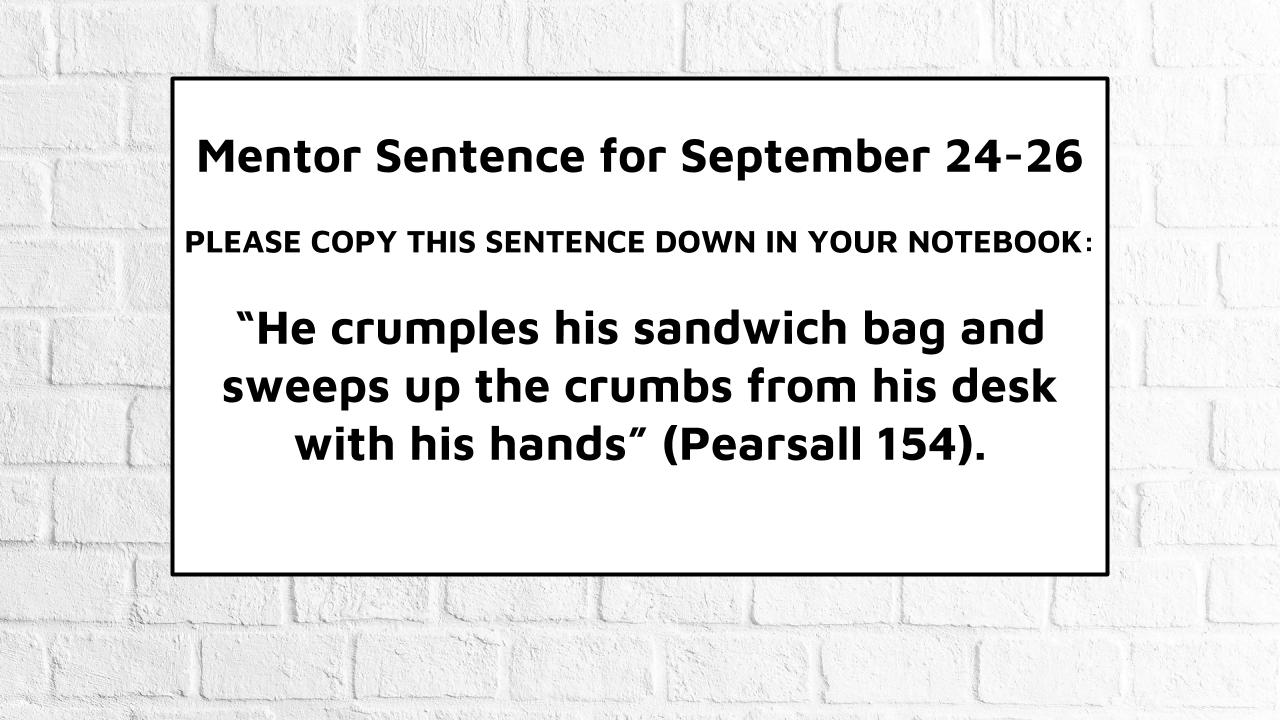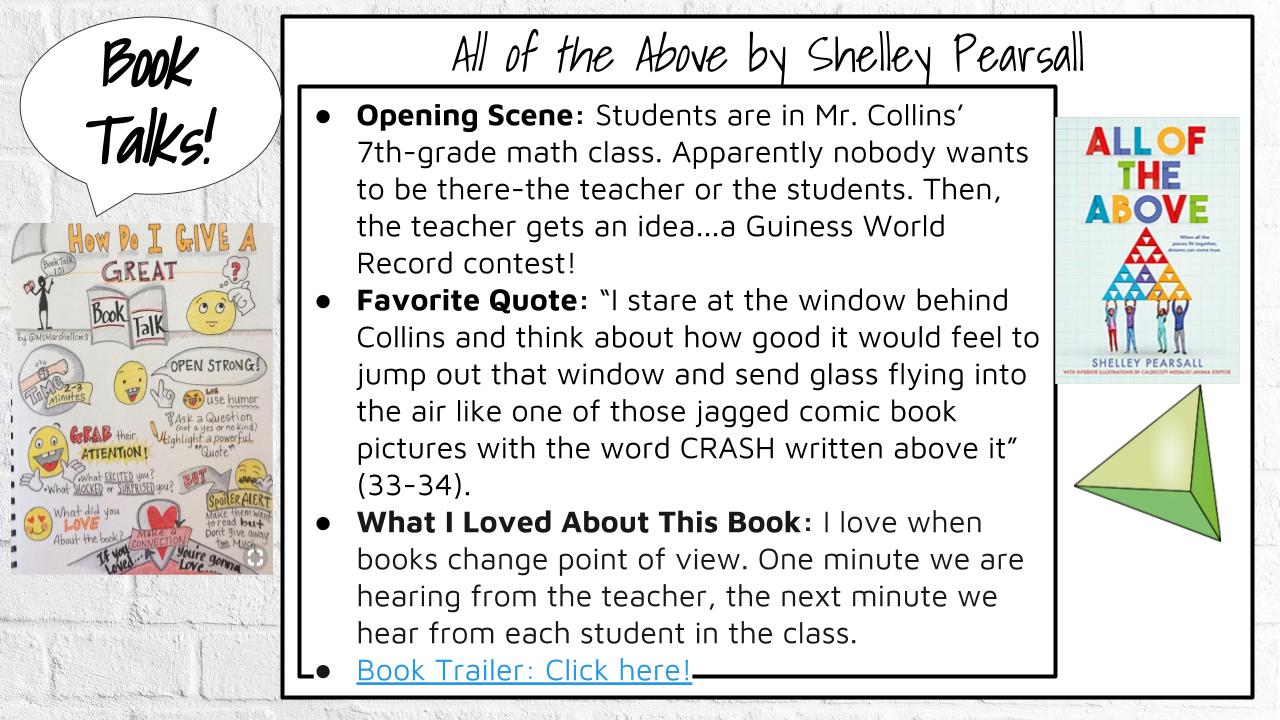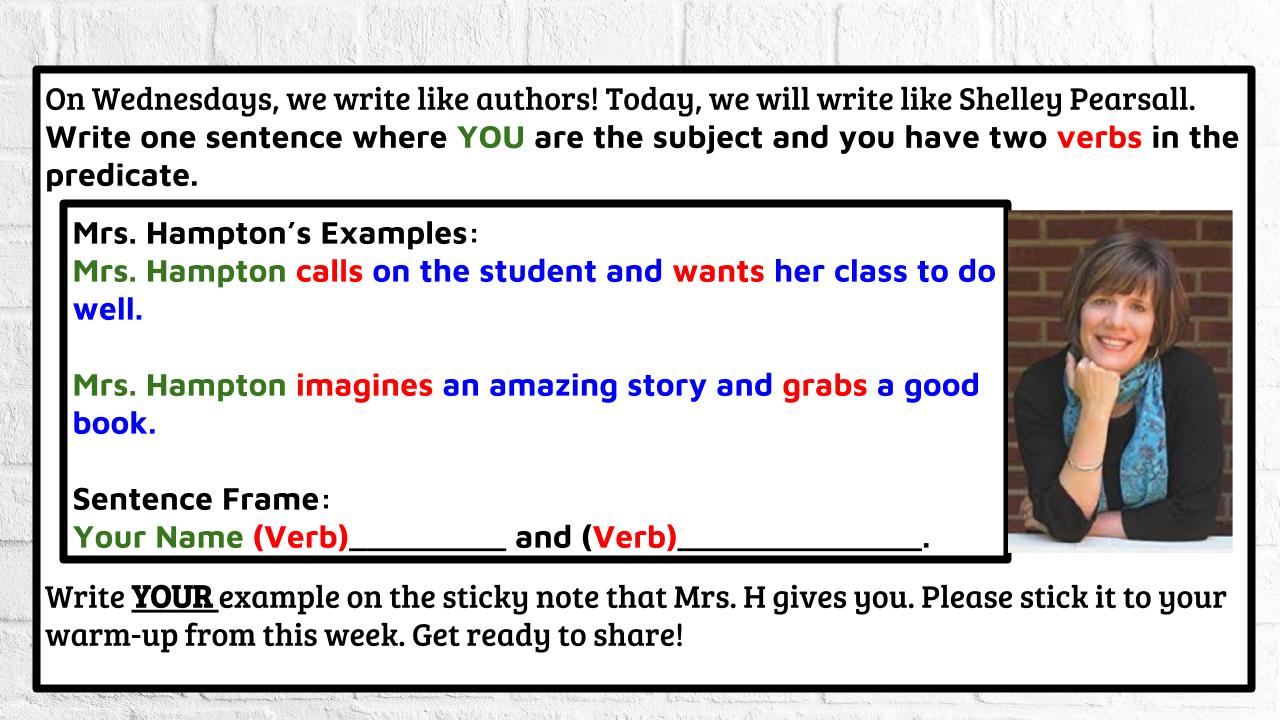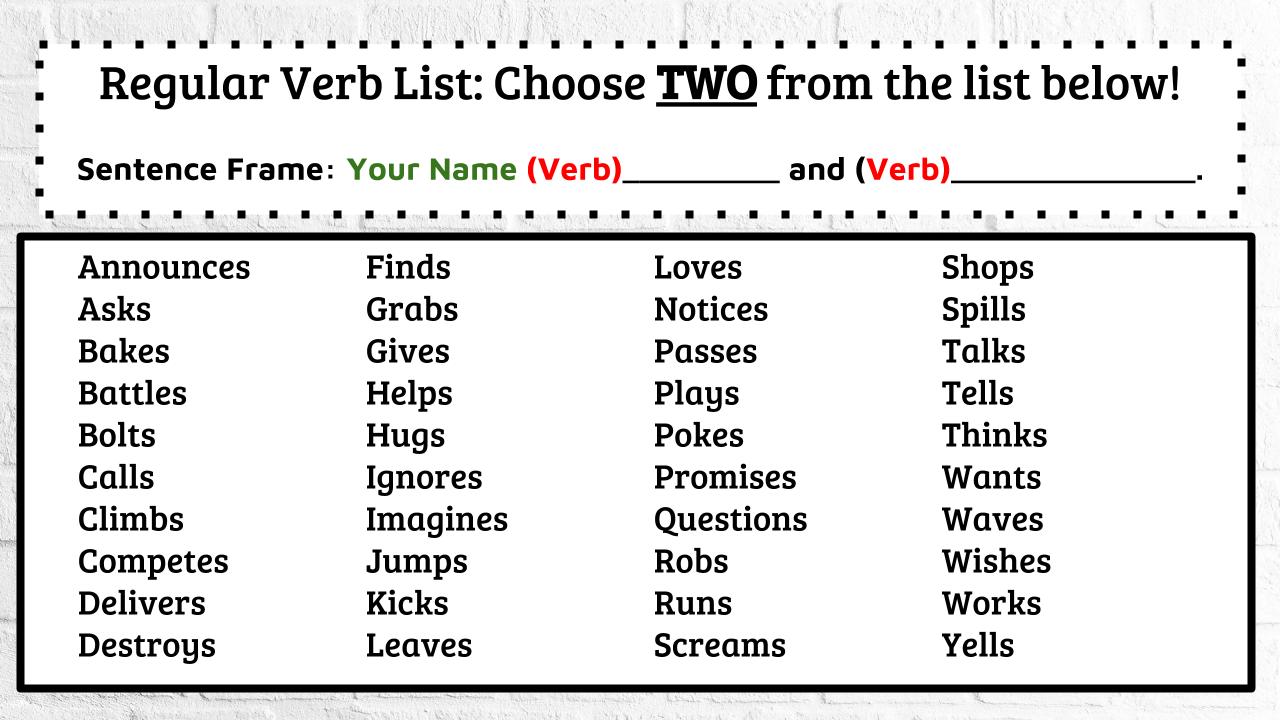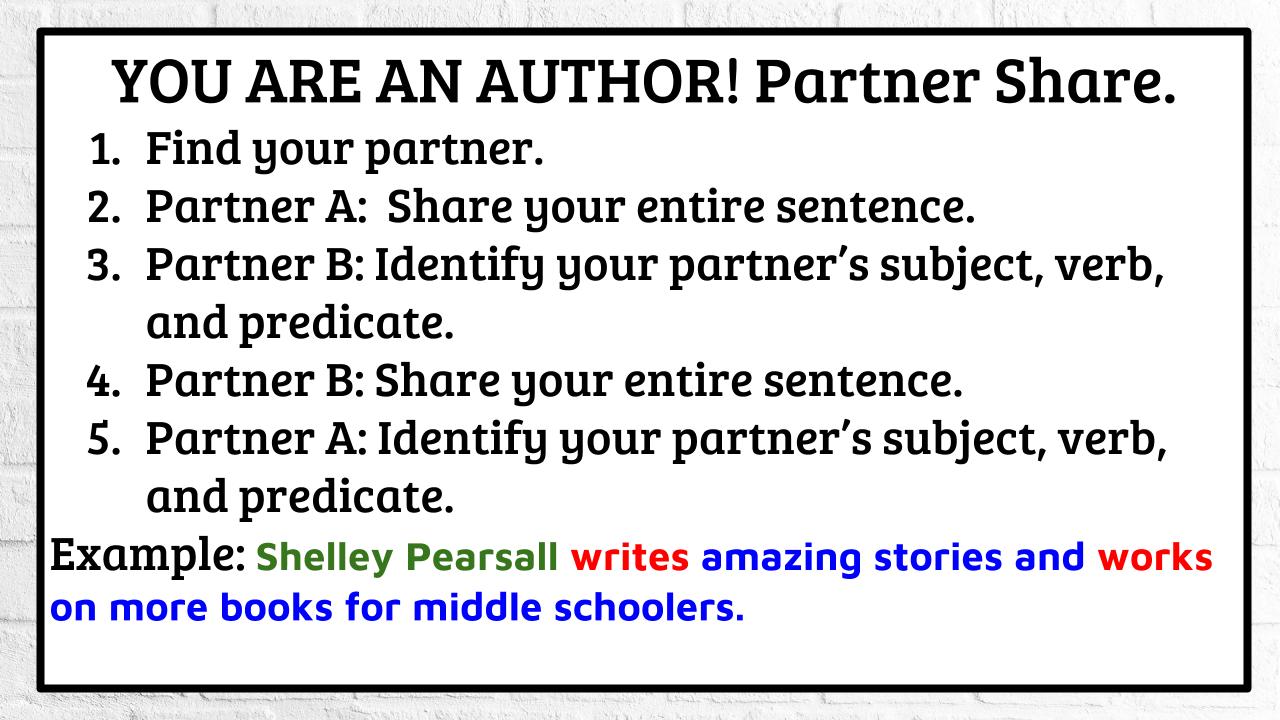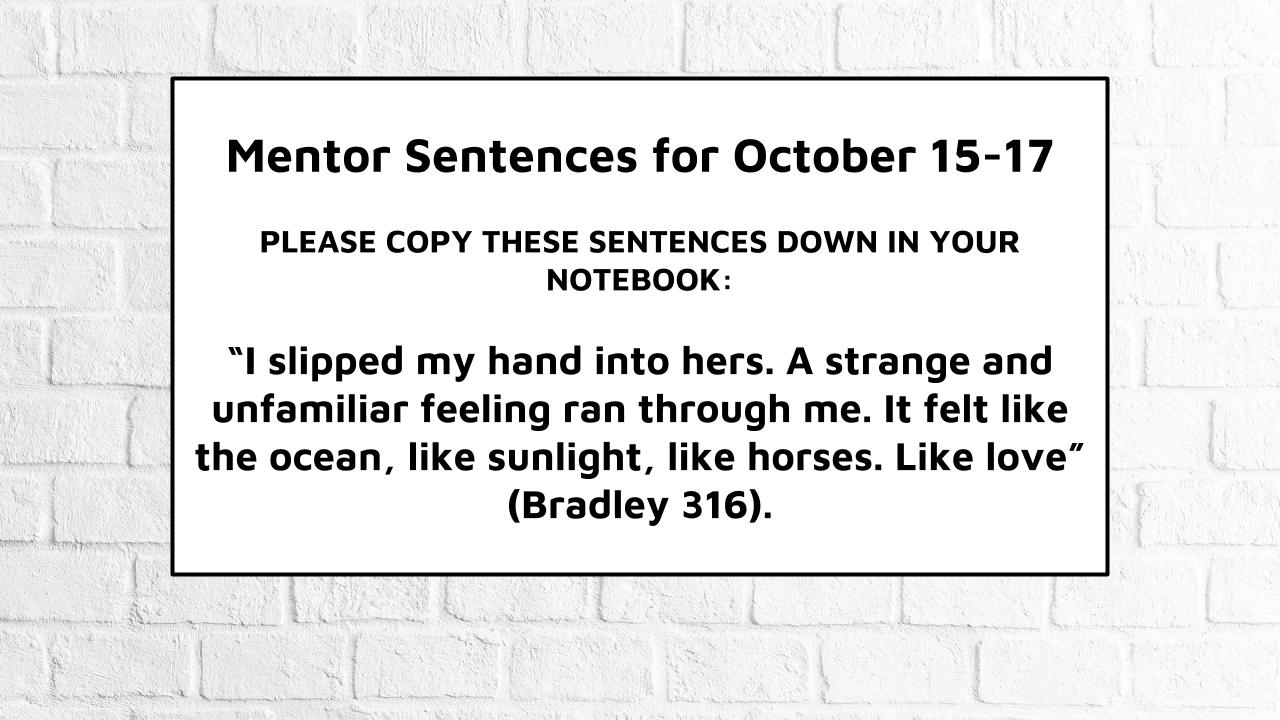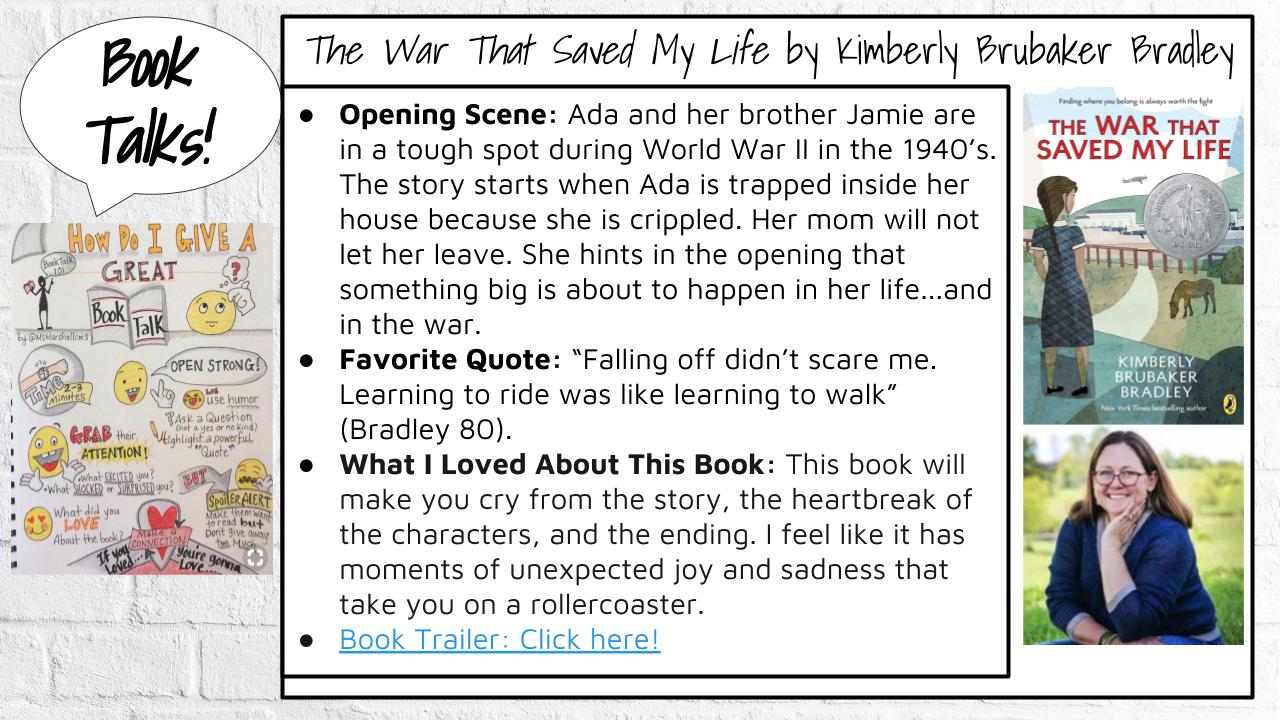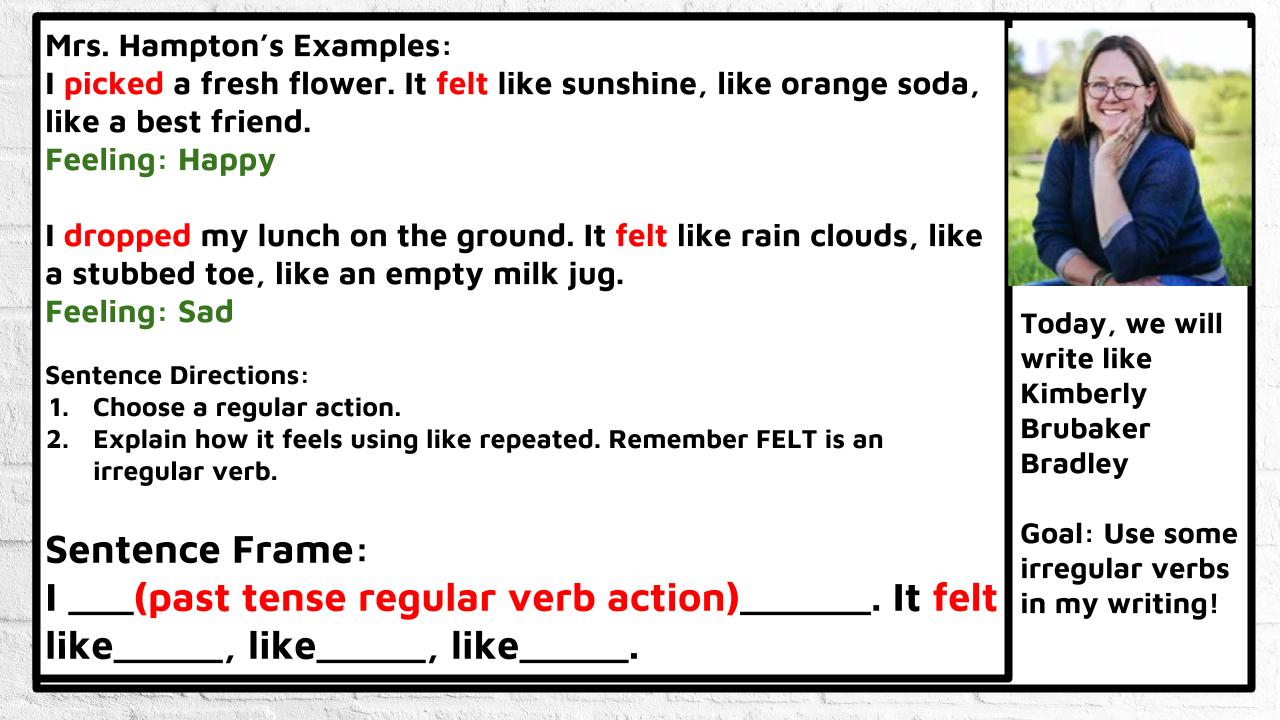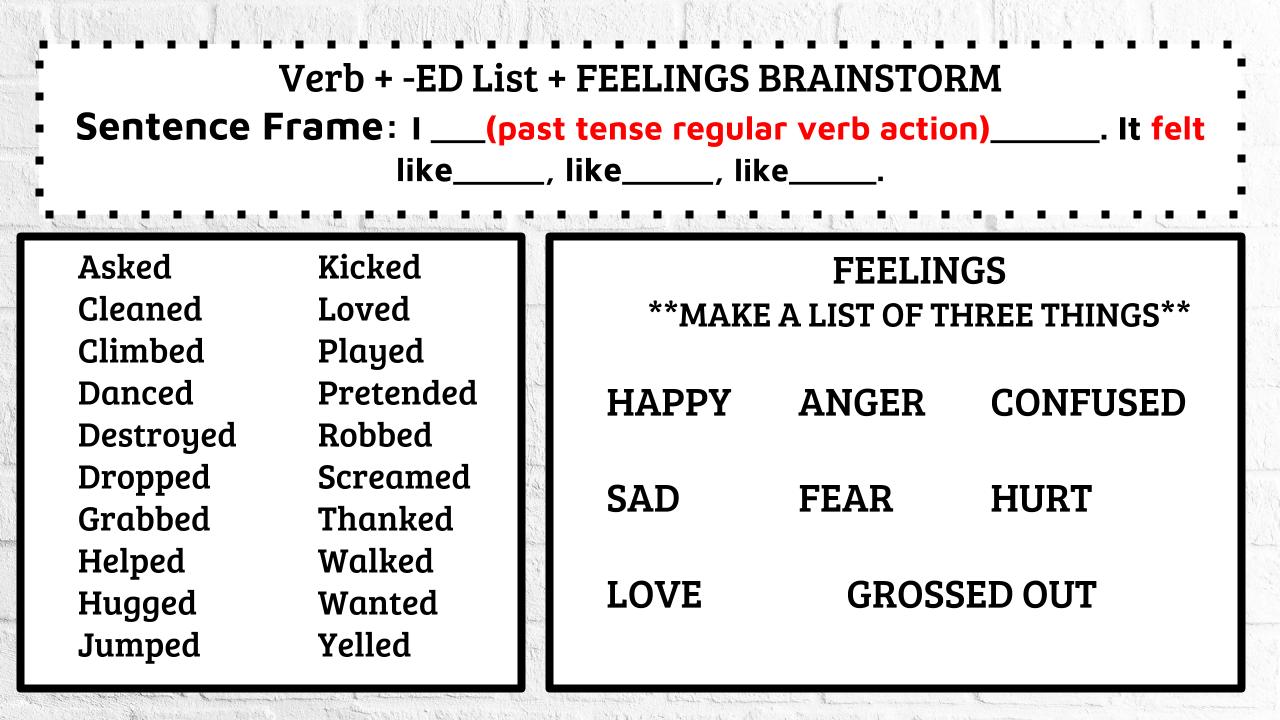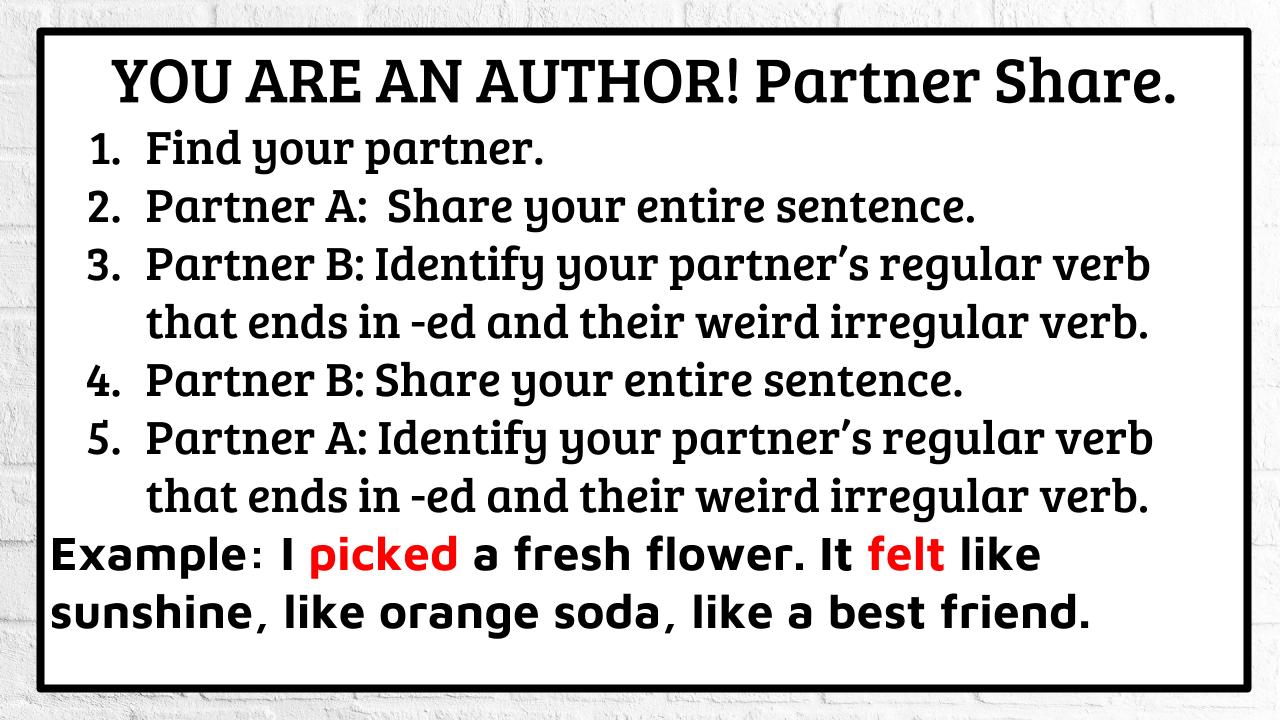How I Started My Mentor Text Warm-Up Routine
Using Grammar to Make Gains in Reading
I am not sure I have ever enjoyed teaching grammar this much. Would it be too much to say there is joy in grammar? The journey with mentor texts began back in the summertime when my main focus for summer reading was around the works of Kelly Gallagher, Penny Kittle, Rebekah O’Dell and Allison Marchetti, and Linda Reif. I was intrigued by the idea that this often used strategy happens at the elementary school level with picture books and at the high school level with higher-level writing craft and organization moves. But, where were my middle school student examples? My middle schoolers were coming to me without basic grammar skills and therefore lacked some key moves in their writing.
I know I can use picture books in my secondary classroom, and I know that I can adapt many strategies meant for more experienced writers for my middle school students. However, I wanted deliberate moves for middle schoolers that were also engaging.My goal was to empower my sixth-grade students to write like authors, get pulled into the books we are using with diverse voices and engaging texts, and then model their writing based on what they saw while reading. I also wanted to teach grammar in a way that made sense to me and them...without diagramming. Struggling readers need grammar in order to understand the building blocks of a sentence. If we don’t teach them that adjectives describe nouns and nouns are often subjects and to have a subject you need a predicate as well…I could keep going. You get what I am trying to say.
Engagement Always Wins
Making something from scratch is always a task I feel teachers are doing. We are constantly on a mission to reinvent the wheel and make it work in our individual classrooms. During this process, I reached out to as many teachers as I could to gain insight as to what they are doing, and what is not working in their rooms. I was overwhelmed by the majority of teachers that I talked to locally that perhaps used mentor text as a buzzword, but were not working with these texts in their classrooms. Whenever I plan a lesson, I ask this main question: How do I make this fun? What class would I want to sit through in order to feel like a better reader, writing, and overall person when I leave?
The plan always starts with how to engage kids in the learning process. I talk about how I rearranged my daily schedule to make room for mentor text work in my Plan for Mentor Text Warm-Ups Post. In that same post, I outline how I set up my days working with one single text a week. Each day has a focus that will get some sort of buy-in with engagement, and then working with the mentor text.
Day 1: Noticing Day
I use this day to introduce the text with a book talk. The kids love book trailers, so I try to have one each time we do a book talk. This will also be around 35 books are so by the end of the year that I am exposing them to in addition to independent reading during class time and library time.
Engagement strategy: Video Clip
Day 2: Naming Day
I love grammar day. This is the day we review the pieces of the sentence that matter. I use Flocabulary as a buy-in for grammar, and then have an activity that involves working with peers in order to make grammar as fun as possible. This might be a think, pair, share with adjectives challenge or perhaps an irregular verb sound-off.
Engagement strategy: Flocabulary and peer interaction
Day 3: Write Like an Author Day
This day is naturally engaging because from the first moment, I ask “Who is ready to write like a published author?” Kids love this. I also ask these kinds of questions:
Who thinks they wrote a sentence better than our published author?
Who thinks they wrote like _______?
Who crafted a sentence that they want to share?
On this day, we see my examples, we use a sentence frame like the authors, and then we craft two whole-class examples before they write. During this whole-group time, I call upon kids to “act” out sentences. This part of the class has been amazing! Kids can bring verbs to life if you show them they are actions. Kids can identify subjects when they are made to see that they are the ones that are the who or what in the actual sentence.
Engagement strategy: Calling on student voice, acting out scenes, and partner sharing examples of author writing
For grammar instruction to be engaging, we must put kids in the sentences we use. They must connect to grammar on an identity level in order to understand it.
How I Started: My First Five Mentor Text Moves
Example 1: Simple Subjects/Simple Predicates
Mentor Text: Ghost by Jason Reynolds
Example 2: One Subject/Two Verbs
Mentor Text: All of the Above by Shelley Pearsall
Grammar Move: Acting out verbs that end in -s
Example 3: ING and Helping Verbs
Mentor Text: The Crossover by Kwame Alexander
Grammar Move: Acting out -ING Verbs
Example 4: Irregular Verbs/Past Tense Verbs
Mentor Text: The War That Saved by Life by Kimberly Brubaker Bradley
Grammar Move: Irregular Verb Show Down
Example 5: Inserting Adjectives
Mentor Text: Out of My Mind by Sharon Draper
Grammar Move: Stand and deliver describing sentences (This was SO powerful to have students stand and share about themselves as an entir class)
Example 6: Inserting Adjectives/Snapshots in Writing
Mentor Text: A Wrinkle in Time by Madeleine L’Engle
My focus this week will be to show the many examples in chapter one of the text where L’Engle describes the thunderstorm in general. We will describe thunderstorms this week to practice snapshots in our personal narrative writing.
Before you go…
Some things to check-in with you about regarding your mindset with mentors would be the following:
How can you find time to focus on mentor text work?
Are you reading current Young Adult and Middle-Grade text if you are at the middle school level?
What writing moves can we make accessible to our young writers?
